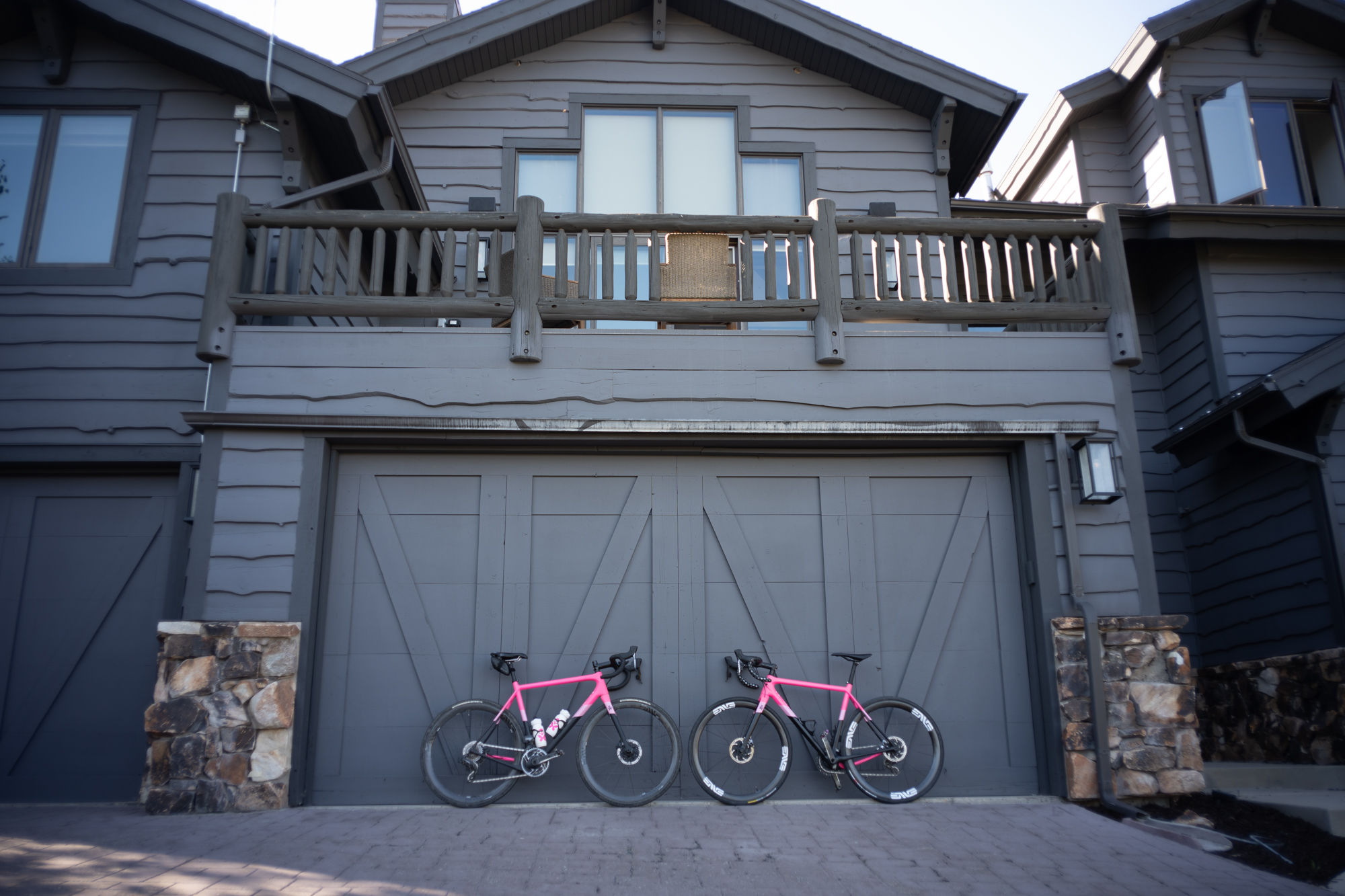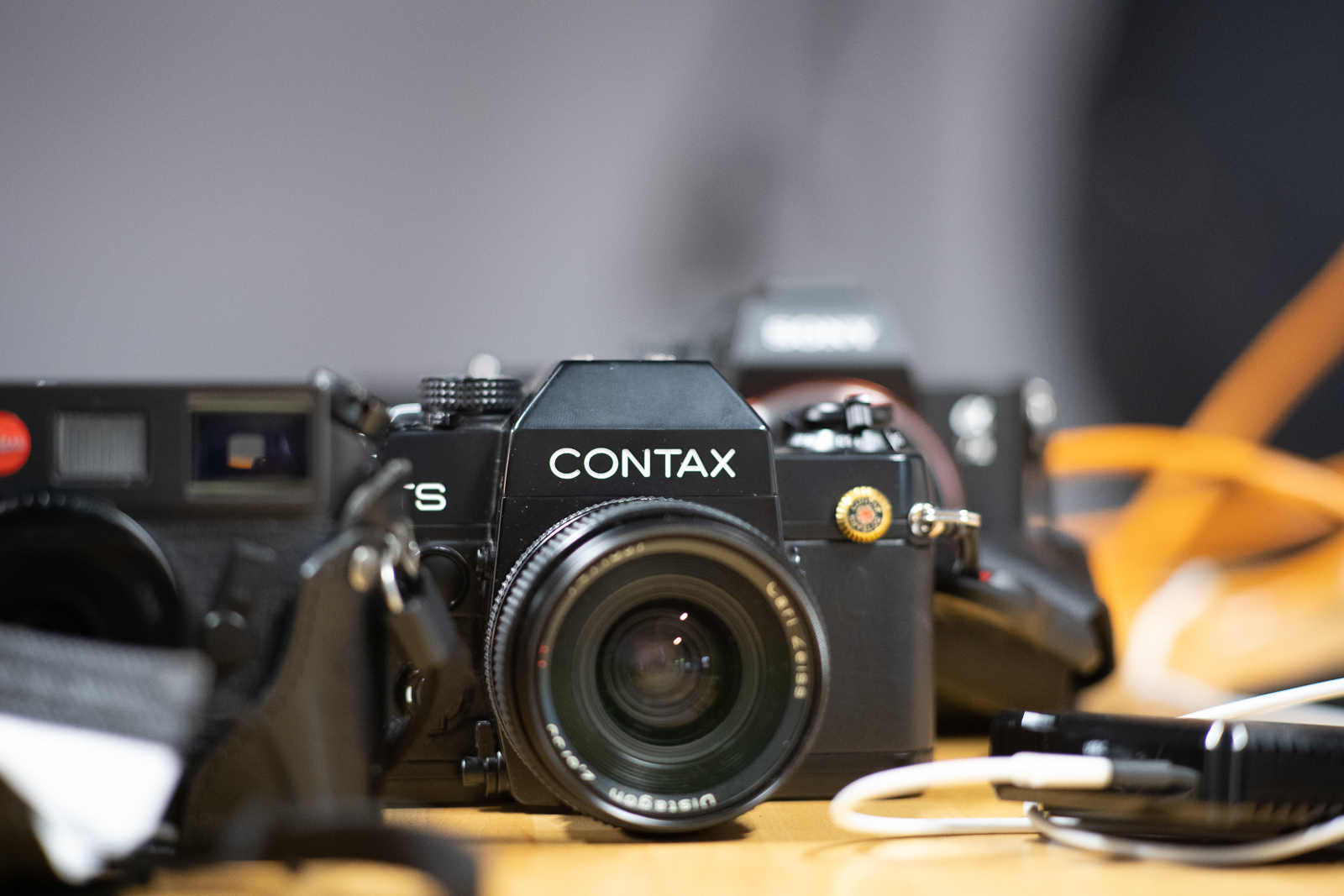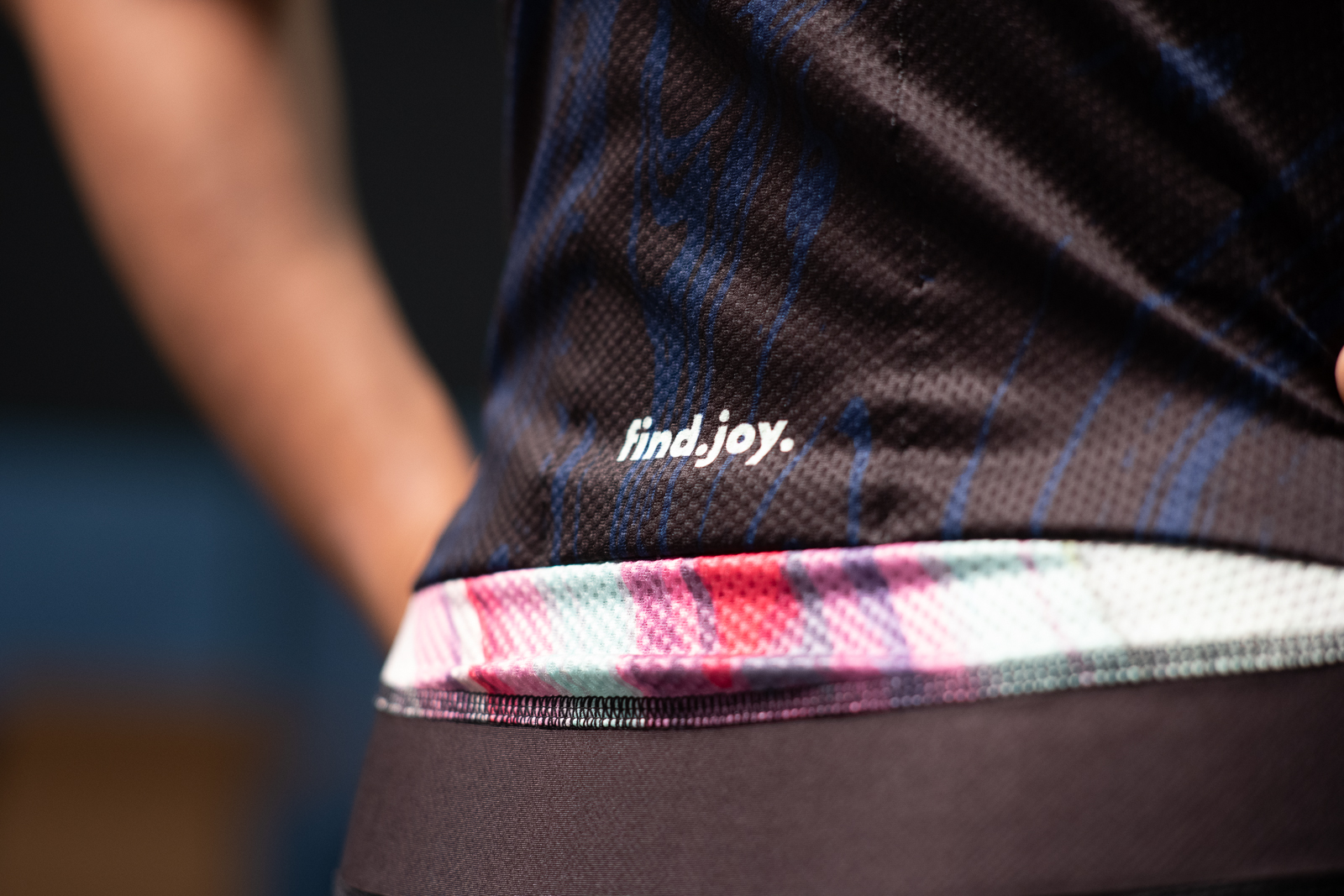A few months ago, I declared that using Leica M-mount lenses on a Panasonic S1 was an unmitigated disaster. You are encouraged to read that post. The one picture summary can be found in this image. Click on it. You need to see it in high res.
Yuk. That smudging anywhere except the center is the mess I am talking about. There is a closeup of the mess in that original post I linked to previously. If you cant see it on your cell phone, trust me, it is a mess.
What is going on here is that if you use wide or even wider normal length rangefinder lenses (the effect was prominent even at 35mm in my tests), adapted on a mirrorless camera, shoot at or near infinity focus, at a wide aperture, you will have a mess in the periphery of the image. The reason that rangefinder lenses do not perform well on non-native mirrorless cameras (e.g. on anything other than a Leica camera) is that the filter stack of a mirrorless camera is thicker than both film and a Leica digital rangefinder. The best discussion I found online can be found on Jonathan Slack’s website at this link.
The reason this is all-important to me is that I have a client who wants me to use “The Leica(1)” with flash, outside, for action. I would spend whatever I needed to make this work but at the time of writing, I couldn’t even give Leica my money. I use Profoto lights and neither the Leica SL or SL2 play well with with Profoto. HSS is a requirement. I can live without TTL. I need a higher FPS than the M10 can provide. I had to find a way to make this work.
So, I poked and prodded the internet for a solution to my issue and came across Kolari Vision. Kolari has a service where they do a “thin filter conversion” to reduce the sensor stack issue described previously.
My experience with the Kolari Vision Thin Sensor Conversion
Long story short….If I knew there were a few thousand more people out there like me, I would buy stock in Kolari. The service was excellent and the thin sensor modification wholly and entirely fixed the disaster I was struggling with. Now I can shoot with “The Leica (1),” using wide-angle lenses, at open apertures, on my Panasonic S1, and I have exactly zero issues with muck or sludge on the periphery of my images. This is monumental.
A picture is worth a thousand words so I will stop with my fawning over Kolari claptrap. Scroll to the end of this post for the sample images. All of the images were taken with rangefinder lenses on a Panasonic S1. The closeup ones are demonstrating that there is no degradation from the thin sensor conversion at the center. The wide-angle images are actually testing the conversion.
White balance issues
On their website, the Kolari folks warn about white balance in issues caused by the conversion. Heed this advice. All of the images have a magenta cast. Fortunately, clicking the AUTO WHITE BALANCE button in Lightroom fixes the issue 99% of the time. In a few cases, I have to twiddle with sliders to get it perfect. This is an issue to be aware of but not a deal-breaker if you shoot RAW. It is also very easy to set a custom white balance using a grey card (or grey cleaning cloth) which is what I generally do if possible. And just in case I was not clear, you will not be able to use auto white balance after the conversion. You have been warned.
The problem with the white balance issue is that if you do not set a custom white balance before you start shooting and you try to show the images to a client on the camera they will ask you over and over about the color. Even if you tell them don’t worry about the color they will continue to ask you about the color.
There was only one hiccup
It might be worth mentioning that there was one hiccup in the process. When I first got the camera back from Kolari it didn’t quite focus correctly at infinity. Kolari performed a revision (including shipping at their cost both ways) and fixed the problem immediately.
Bottom Line
My Panasonic S1 problem is resolved. Other than feeling compelled to tell other photo nerds I know that they can now use rangefinder lenses adapted to mirrorless cameras, it is time to move on to other things. Those other things may very well include a black and white film project using the Kolari IR filters and/or their new 5 stop ND filter. There is no way you can go to their website and come away thinking that you don’t want an IR camera. You know you do. I am right there with you.
Notes
- I think she really just means Leica lenses. She can pick images taken with a modern Leica lens out of an unlabeled gallery mixed with Sony images every time. Every. Single. Time. I don’t believe that she can tell what camera I used nor do I think she cares.
Sample Images


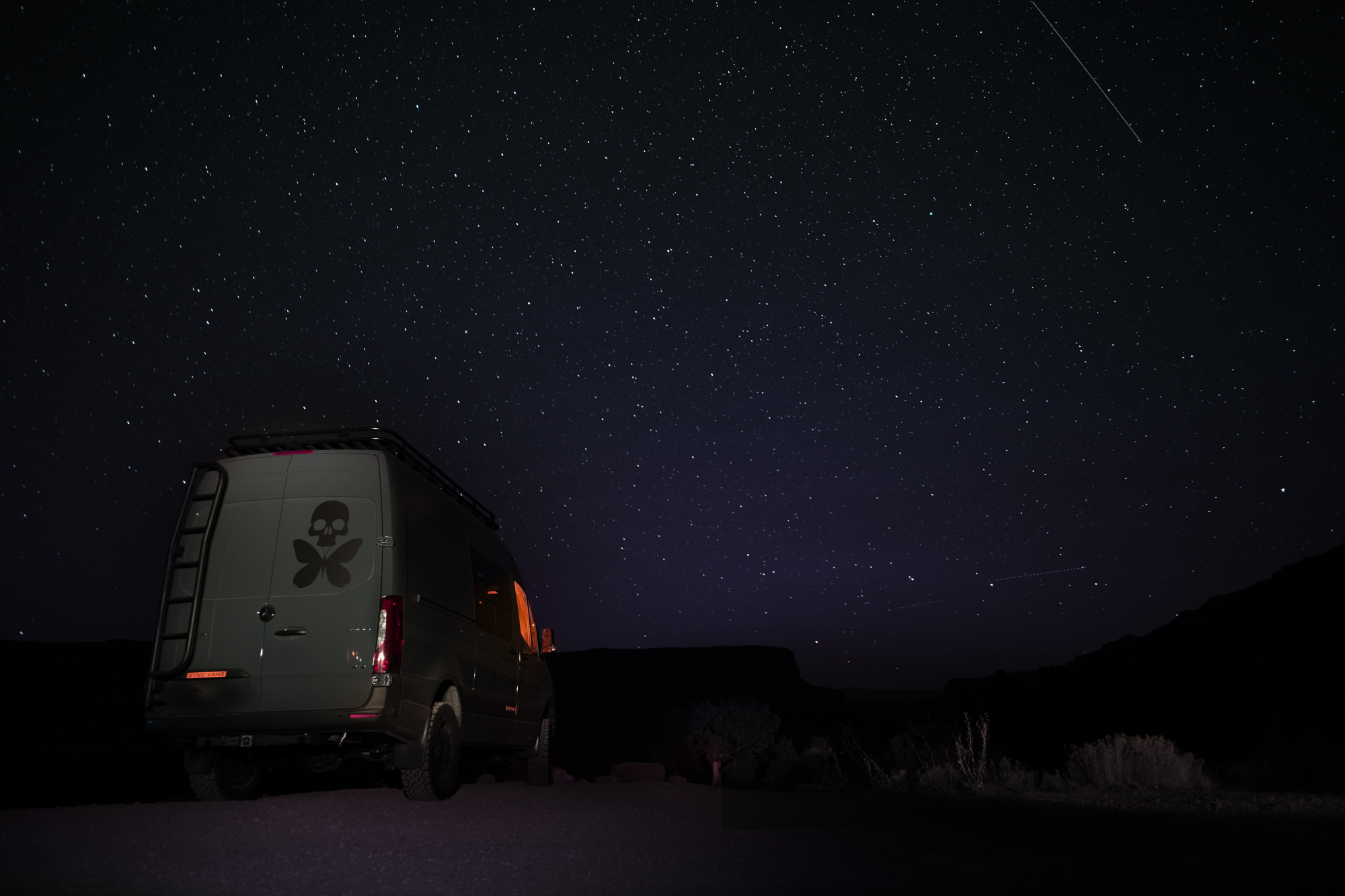
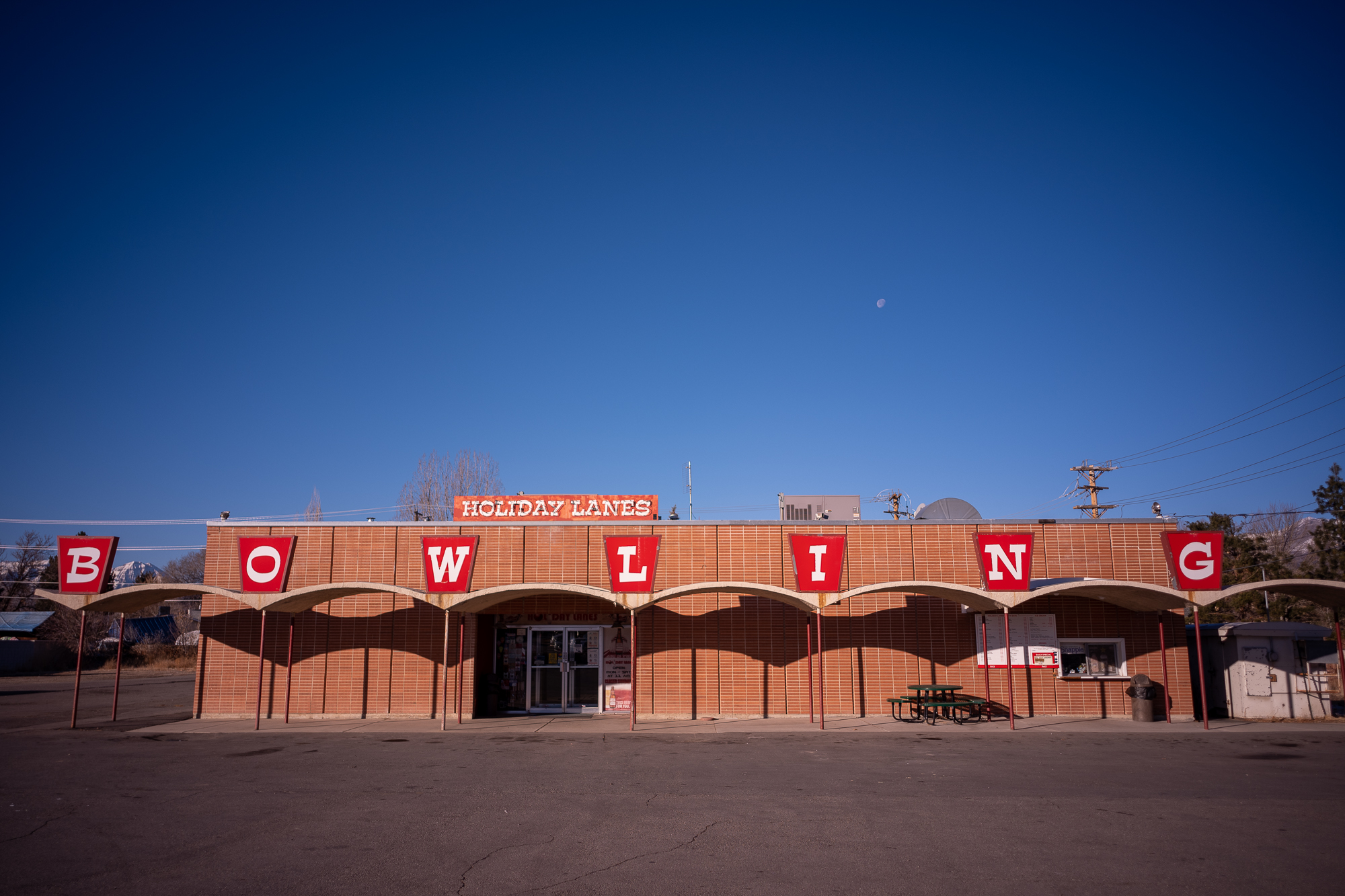
 Disclosure statement
Disclosure statement
After I wrote my first article about my experience with Leica M-mount lenses on my Panasonic S1 and I was already committed to doing the Kolari Thin Sensor conversion, Kolari learned of this website and offered a minor discount just about equal to free shipping and their custom box to assure I would put in backlinks to their website if I did a follow-up review. Before accepting the offer, Kolari was advised that I would do a review (good or bad) when it was done. Other than requesting the aforementioned backlinks, they neither required nor requested any input or editorial oversight on this post. Other than the backlinks, my opinions and this post was not influenced or altered in any way by their offer.


